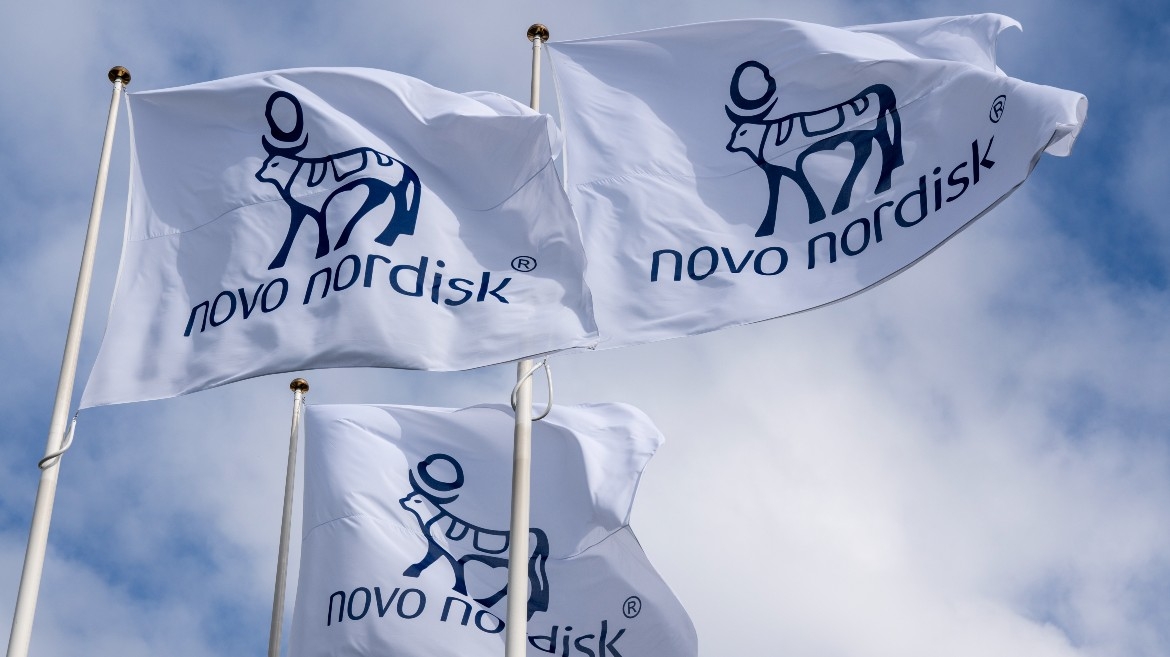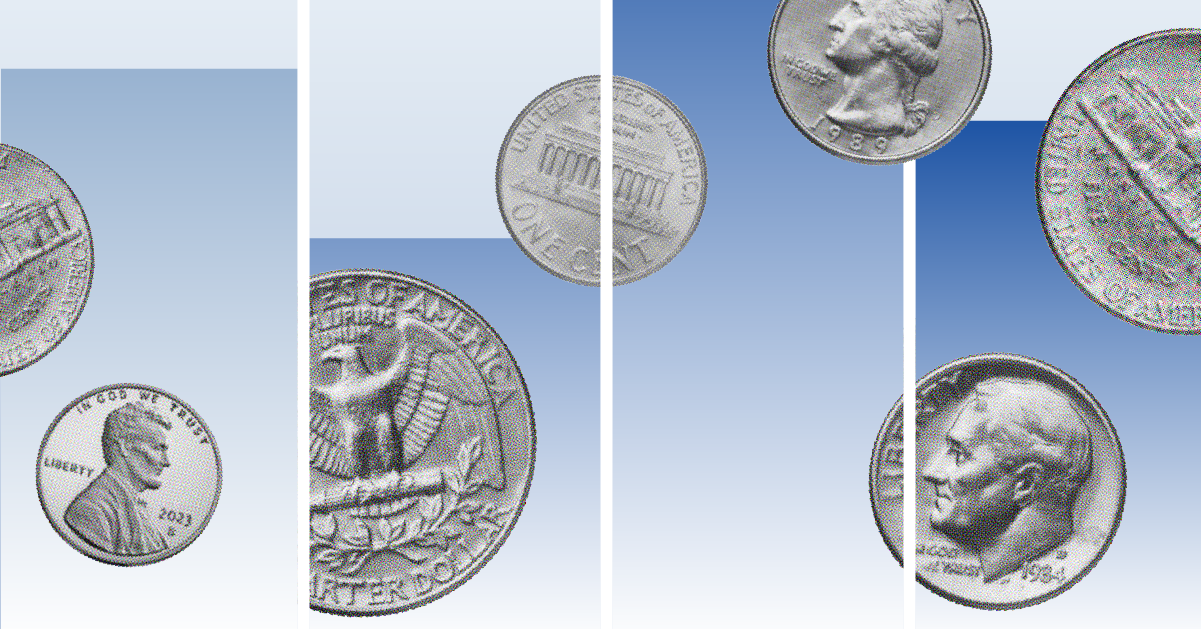We asked the CEOs of nine of the largest banks in America to meet with us at Treasury on the afternoon of Monday, October 13, 2008 and asked them to participate in the new program. To their credit, they all unanimously agreed. Two weeks later our investments were complete. This action, combined with a guarantee of bank debt by the FDIC, stabilized the system and prevented a financial collapse. In short - it worked.
While we started with those nine banks, the program was designed so that healthy banks of all sizes across the country could apply. All banks, large or small, would get the same terms. In the seven months since Congress passed the TARP, Treasury has now invested approximately $200 billion in 579 healthy, viable banks in 48 states, Puerto Rico, and Washington D.C., with new investments each week. The investments have ranged from as high as $25 billion to as small as $300,000. The median investment is around $15 million. Most of the banks Treasury is investing in are small, community banks that never got involved in the risky mortgages that led to the crisis. And there are hundreds of additional applications in the pipeline. It is important to remember, Treasury is buying preferred stock in these banks -- not giving them money. Treasury has already received almost $3 billion in dividend payments. I expect the vast majority of these banks to pay back the Treasury in full with interest.
People often ask: Why is Treasury investing in healthy banks? Shouldn't the TARP only be used for failing banks? Once we had prevented a collapse, our focus turned to minimizing the damage to the economy. We needed to get lending out to our consumers and businesses. Healthy banks are in the best position to support their communities by extending credit. A dollar invested in a healthy bank is far more likely to be used to promote lending than a dollar invested in a failing bank, which would more likely use it just to survive.
Treasury also helped the Federal Reserve establish a lending program to reduce borrowing costs for consumers, including auto loans, student loans, small business loans and credit cards. They are planning to expand this lending initiative to include other asset classes, such as commercial mortgage-backed securities. This program, the TALF, is under way and showing real promise helping restart the securitization markets that are essential to providing credit to our economy.
Under Secretary Geithner's new Financial Stability Plan, Treasury and the banking regulators launched a stress test of the 19 largest banks to make sure they had enough capital and the right kind of capital to continue lending even in an economic scenario that is worse than expected. The results of those tests are complete and several banks are now raising meaningful new equity from private markets, which is both good for the system and a positive indicator of market improvement. Treasury also stands ready to provide additional capital if some institutions need it.
Treasury also launched a multi-part housing program to reduce borrowing costs and encourage long-term sustainable loan modifications. Finally, Treasury launched a public-private investment program to purchase illiquid assets from banks which has received strong interest from private sector participants.
During this time, we unfortunately had to step in to stabilize several large institutions whose failures would pose a systemic risk to our financial system and economy. We regretted having to take these actions -- to put so many taxpayer dollars at risk to support individual firms that had made bad decisions. But the choice was clear when the consequences of inaction were so severe -- and the potential cost to taxpayers of inaction so much greater than the cost of intervention.
Today, that LIBOR-OIS spread we track has fallen from a peak of 338 basis points back down to below 25 basis points. I believe the combined actions of Treasury, the Federal Reserve and FDIC have prevented a financial collapse, but there still is much more work to do to get credit flowing to our communities.
Update on lending
People have been asking what the banks are doing with the money we've invested in them. We designed important features into our investment contracts to limit what banks can do with the money: one, we restricted dividend increases and share repurchases and, two, placed restrictions on executive compensation. By increasing a bank's capital, the bank will have strong economic incentives to deploy the capital profitably. Banks are in the business of lending and they will provide credit to sound borrowers whenever possible. If a bank doesn't put the new capital to work, its returns for its shareholders will suffer.
Page 3 of 13 - Go to page 1,
2,
3,
4,
5,
6,
7,
8,
9,
10,
11,
12,
13























